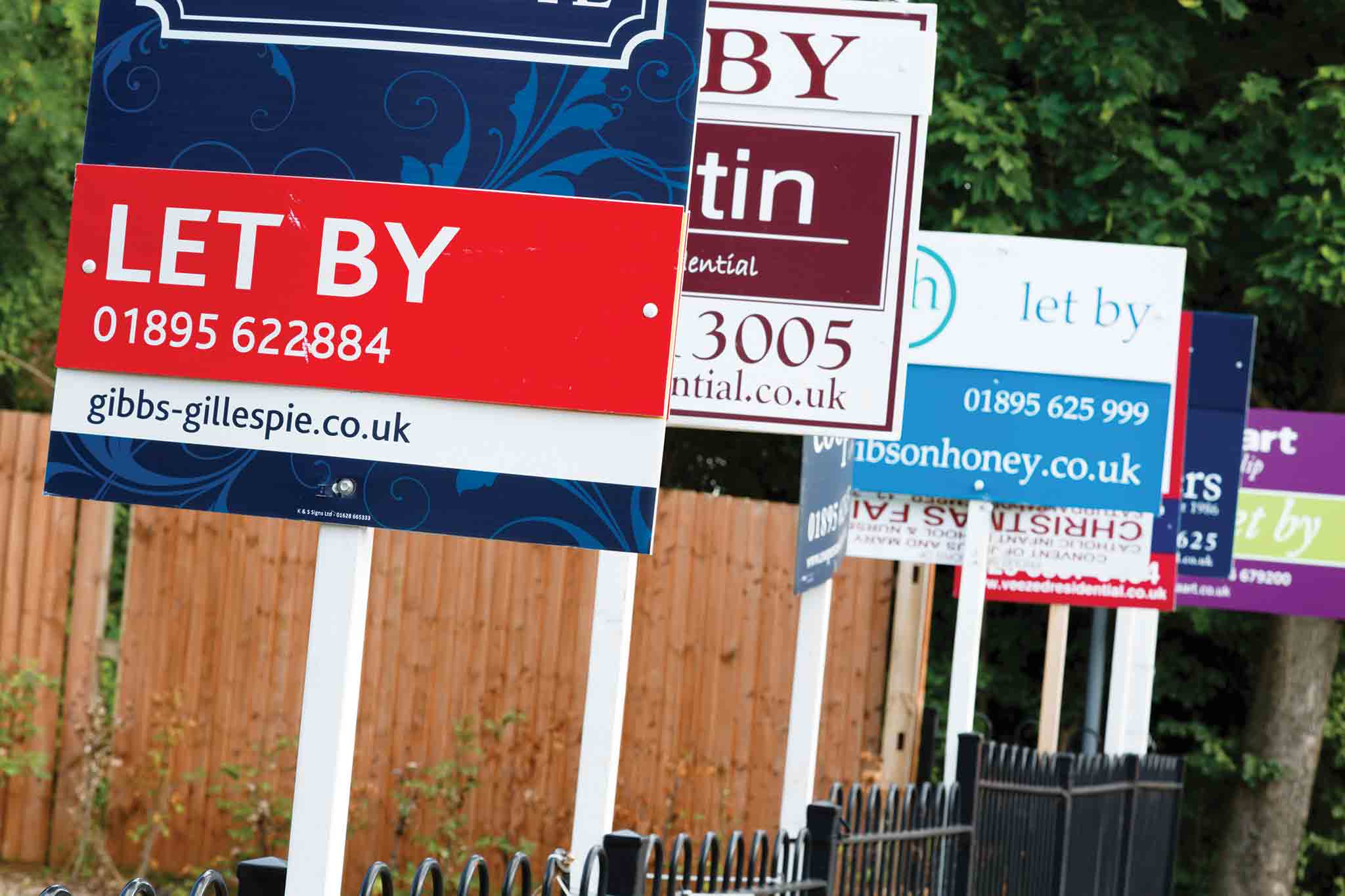THE price of houses in Tunbridge Wells and Tonbridge are higher in real terms than a decade ago, running against the national trend of falling property prices.
Research released yesterday [Tuesday] shows that houses in The Pantiles and St Mark’s ward in Tunbridge Wells have more than doubled in cost since 2007, increasing by 54 per cent to an average price of £640,000 in 2017.
Not far behind is St John’s where house prices rose by 47 per cent to £410,000.
A local estate agent said the hike in property prices in the area is ‘no surprise’.
In Culverden the cost of houses jumped by 35 per cent to £363,500 and in Sherwood by 29 per cent to £300,000.
Southborough North and Benenden and Cranbrook were the only two wards in Tunbridge Wells to see a fall in prices.
In Tonbridge, the cost of property in Cage Green has grown by 38 per cent to an average of almost half a million pounds.
Houses in the Vauxhall and Judd wards have risen in price by 33 per cent and 27 per cent respectively.
The cost of residential properties has also increased in other key areas including Pembury, Paddock Wood and Hildenborough.
Ross Davies, Partner at Knight Frank LLP, said: “Tunbridge Wells has always been an aspirational place to live irrespective of whether you are looking to spend £300,000 or £3m.
“The town offers a number of pull factors which attract people and in turn help to provide a strong and stable market place for property and their values.”
He added: “It is no surprise to see the latest BBC research regarding house price growth in the area since 2007, given that we have some of the finest schools in the area, good road and rail commuter links, an array of attractive architecture and a real sense of community within the town.”
The BBC and Open Data institute (ODI) Leeds analysed more than eight million residential property transactions in England and Wales for the period from January 2007 to July 2017, adjusting the figures in line with inflation.
The research found that in 58 per cent of wards houses are selling for less in 2017 than in 2007.
Although most regions across England and Wales have seen house prices increase this has not been as fast as the rate of the cost of living.
Rising house prices in real terms are largely seen in the South East and East of England.
Simon Spare, Director of Tunbridge Wells-based estate agent Thompson Spare, said: “Despite recent talk of a slow-down, it is clear that prices in the South-East have fared well over the last 10 years.
“All the while the service industries, which are largely based in the Capital, account for around 80% of UK economic output, property in London and the South-East should surely remain a safe pair of hands from an investment perspective in the long term.”








